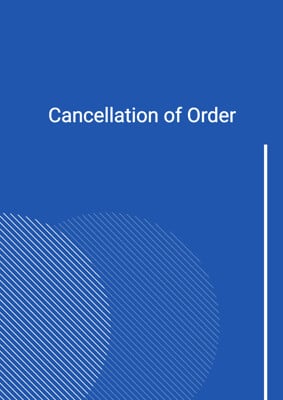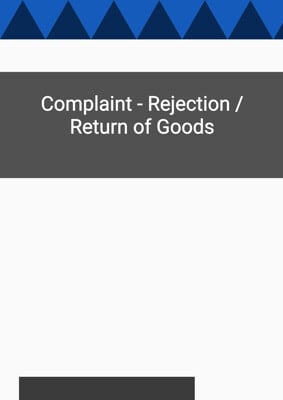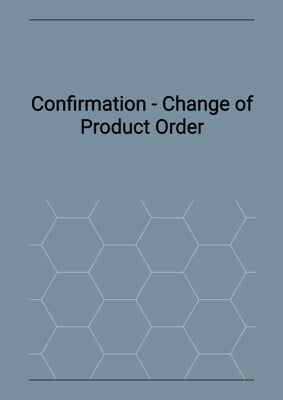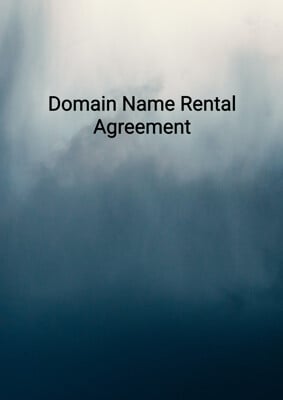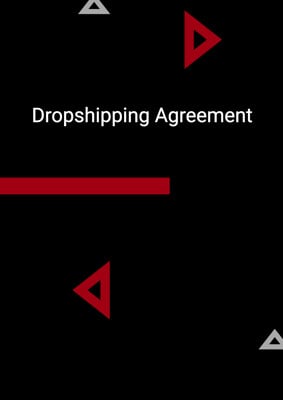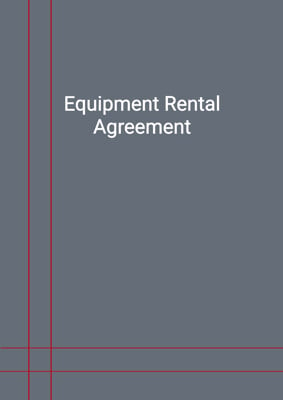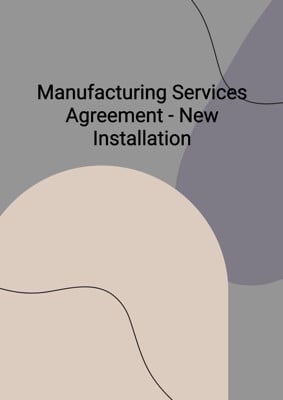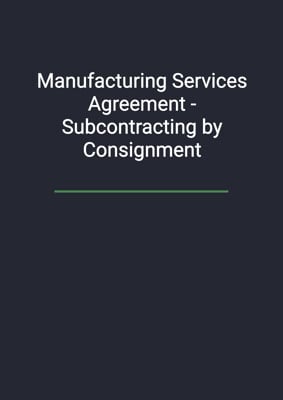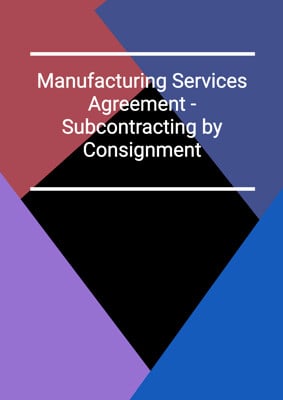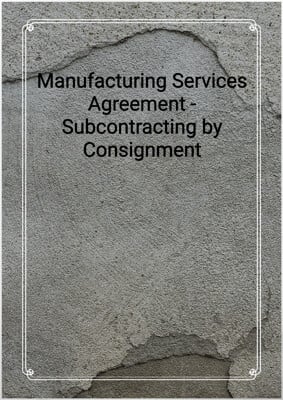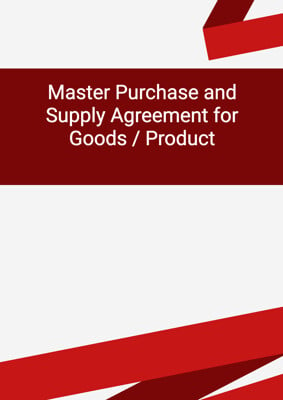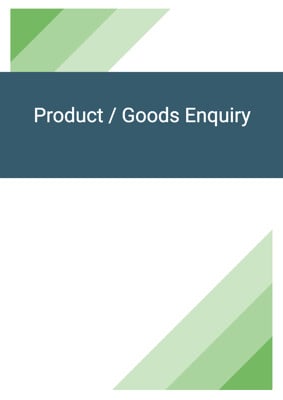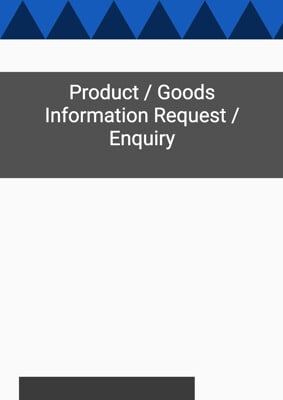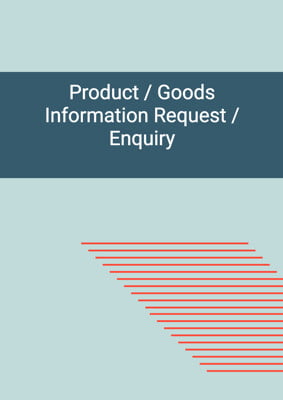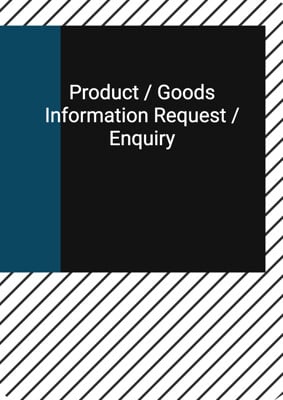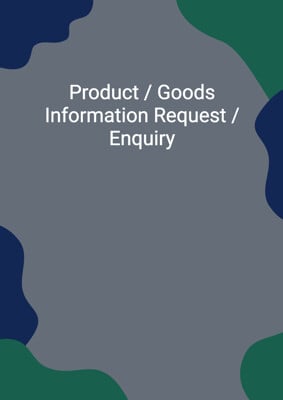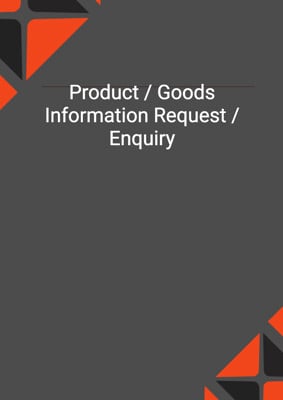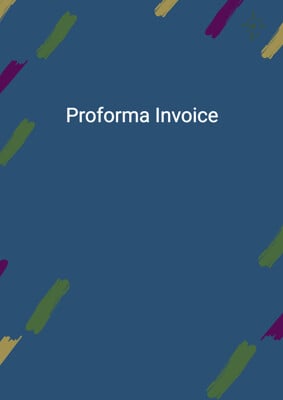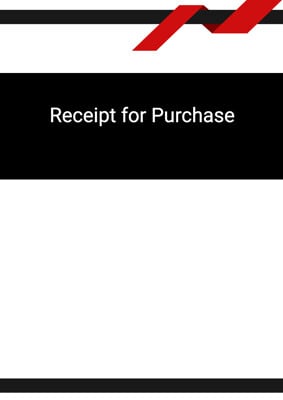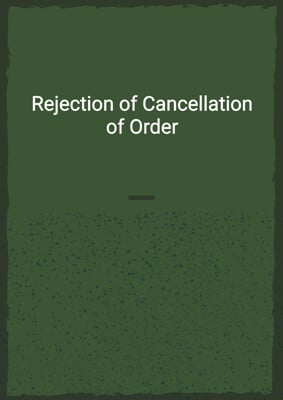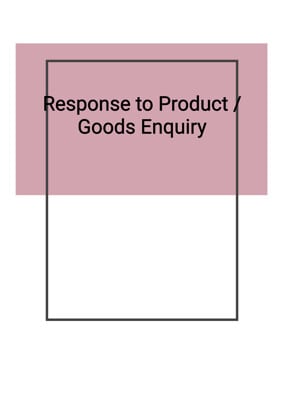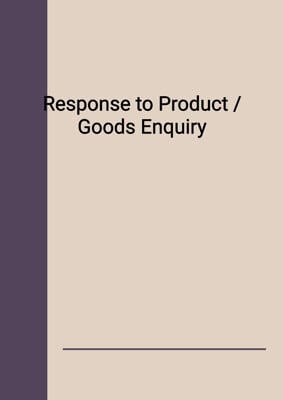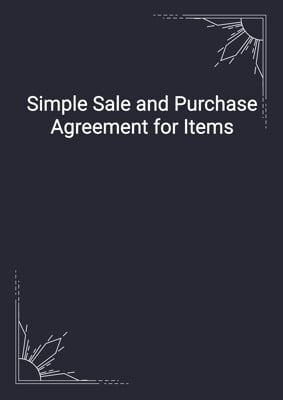How to Tailor the Document for Your Need?
01
Create Document
Fill in the details of the parties. You can click the "Fill with Member’s Information" button to complete it with information saved to your account.
02
Fill Information
Please fill in any additional information by following the step-by-step guide on the left hand side of the preview document and click the "Next" button.
03
Get Document
When you are done, click the "Get Document" button and you can download the document in Word or PDF format.
04
Review Document
Please get all parties to review the document carefully and make any final modifications to ensure that the details are correct before signing the document.
Document Preview
Document Description
The Equipment Rental Agreement is a document that outlines the terms and conditions for renting equipment between two parties, referred to as the lessor and the lessee. The document begins by highlighting the importance of the agreement, which is to establish a legal and binding contract between the lessor and the lessee. It ensures that both parties are aware of their rights and responsibilities regarding the rental of the equipment.
The entire document is divided into several sections, each addressing different aspects of the rental agreement. The first section, titled 'Equipment', provides a detailed description of the equipment being rented, including its specifications and purpose. It also states that the equipment is the property of the lessor and will remain so throughout the rental period.
The next section, titled 'Duration', specifies the duration of the rental agreement, including the start and end dates. It also mentions that the lessor will pick up the equipment according to a predetermined schedule.
The 'Rent' section outlines the payment terms for the rental. It states that the rent is payable on a periodic basis and should be paid in full on the first day of each period. It also mentions that the lessee is responsible for any applicable taxes, assessments, license fees, or registration fees related to the equipment.
The 'Deposit' section explains the requirement for a deposit and its purpose. It states that the lessee must pay the deposit within one business day after signing the agreement. It also specifies the conditions under which the deposit may be retained or refunded.
The 'Warranties' section provides assurances from the lessor regarding the condition and quality of the equipment. It states that the equipment will be in good working condition at the start of the agreement and that the lessor has the right to lease the equipment.
The 'Lessor's Responsibilities' section outlines the obligations of the lessor, which include keeping the equipment in proper repair and addressing any defects that are not caused by the lessee.
The 'Lessee's Responsibilities' section details the responsibilities of the lessee, such as paying the rent and deposit on time, using the equipment for its designated purpose, and maintaining it in a clean and tidy condition. It also mentions that the lessee should not modify the equipment without the lessor's written consent.
The 'Termination of the Lease' section explains the circumstances under which the lease may be terminated by the lessor, such as non-payment of rent or breach of the agreement. It also states that the lessor has the right to deduct any outstanding payments from the deposit or take possession of the equipment.
The 'Notices and Service' section specifies the methods of communication between the parties and the addresses to which notices should be sent.
The 'Miscellaneous' section includes general provisions, such as the entire agreement clause, severability clause, waiver clause, and liability disclaimer. It also states that the lessee should obtain their own insurance for the equipment.
The 'No Rights Under Contracts for Third Parties' section clarifies that only the parties involved in the agreement have the right to enforce its terms.
The 'Law and Jurisdiction' section states that the document is governed by the laws of the applicable jurisdiction state and that any disputes should be resolved through amicable negotiation or in the courts of that state.
In summary, the Equipment Rental Agreement is a comprehensive document that covers all aspects of the rental arrangement between the lessor and the lessee. It ensures that both parties understand their rights and responsibilities and provides a legal framework for the rental of the equipment.
How to use this document?
To use the Equipment Rental Agreement, follow these steps:
1. Provide information: Enter the names and addresses of both the lessor and the lessee in the agreement. This ensures that both parties are clearly identified.
2. Describe the equipment: Provide a detailed description of the equipment being rented, including its specifications and purpose. This ensures that both parties are aware of the equipment being rented.
3. Specify the rental duration: Clearly state the start and end dates of the rental agreement. This ensures that both parties are aware of the rental period.
4. Determine the rent amount: Agree on the rent amount and specify the payment frequency. This ensures that both parties are aware of the financial obligations.
5. Settle the deposit: Determine the amount of the deposit and specify the payment deadline. This ensures that the lessor is protected in case of any damages or breaches by the lessee.
6. Establish warranties: Provide assurances regarding the condition and quality of the equipment. This ensures that the lessee can rely on the equipment's performance.
7. Define responsibilities: Clearly outline the responsibilities of both the lessor and the lessee, including payment obligations, maintenance, and use of the equipment. This ensures that both parties understand their roles.
8. Address termination: Specify the conditions under which the lease can be terminated, such as non-payment or breach of the agreement. This ensures that both parties are aware of the consequences of non-compliance.
9. Communicate effectively: Provide accurate contact information for both parties and specify the preferred method of communication. This ensures that both parties can easily reach each other.
10. Seek legal advice if needed: If there are any uncertainties or complexities in the agreement, it is advisable to consult with a legal professional to ensure compliance with local laws and regulations.
By following these steps, you can effectively use the Equipment Rental Agreement and establish a clear and legally binding contract between the lessor and the lessee.
Not the right document?
Don’t worry, we have thousands of documents for you to choose from:

